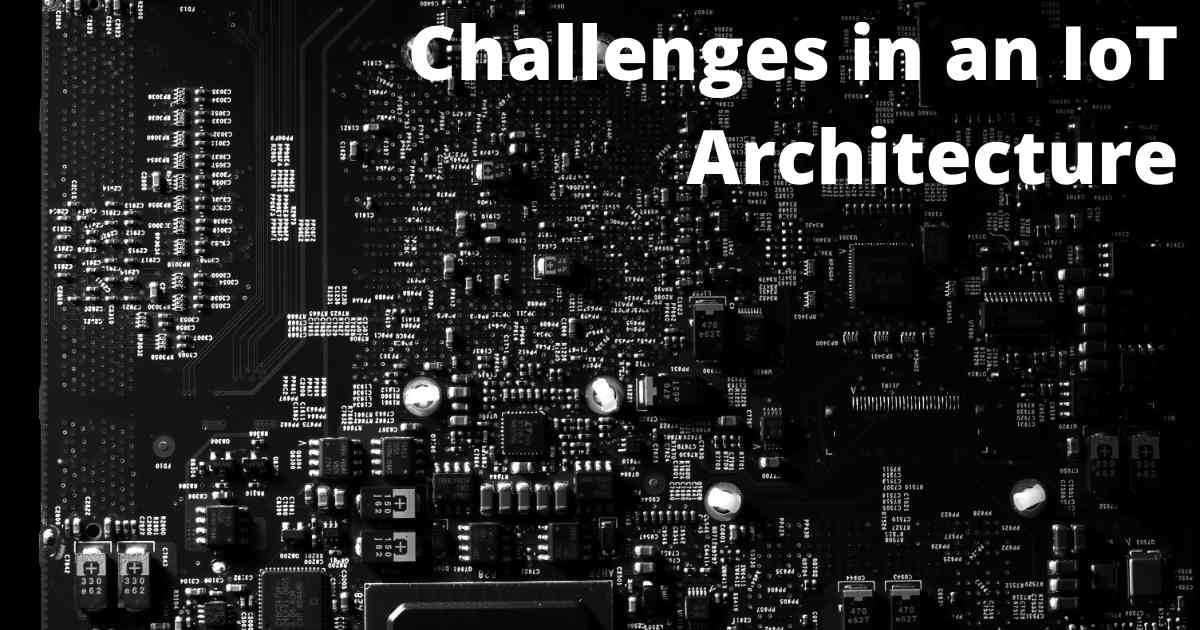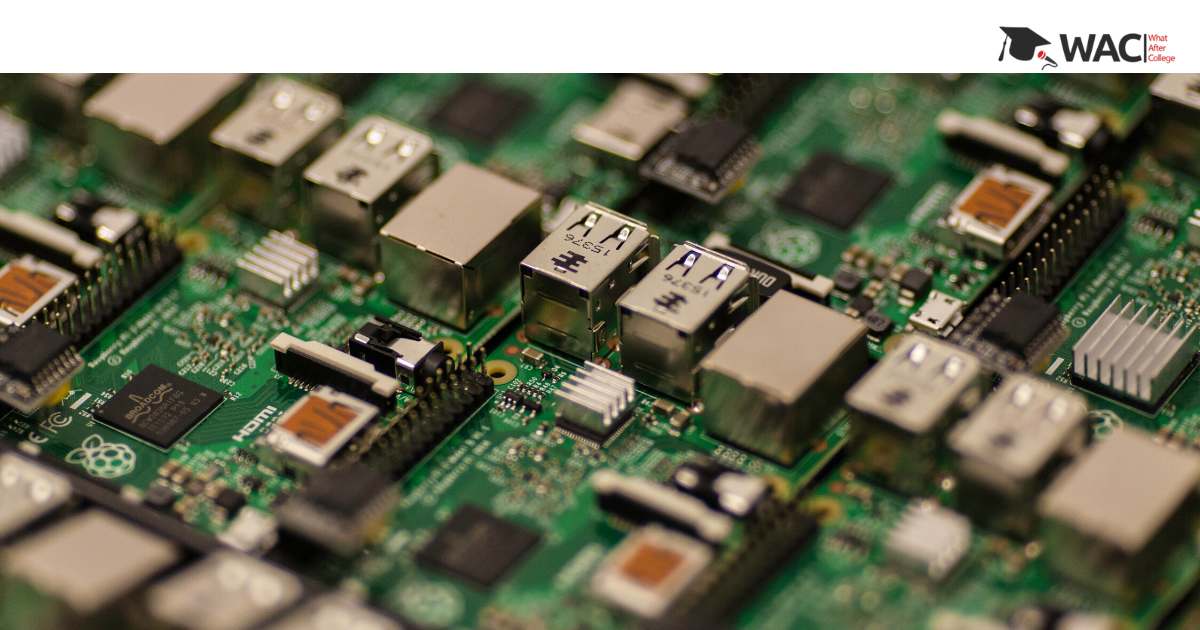The Internet of Things is a trend in the digital world that can enable collecting and exchanging data. This has never been done before. It enables communication and reports user information in a more secure way. There is an estimate that the IoT will have more than 40 billion smart devices or gadgets, all connecting with each other on the internet by 2020. IoT has become the focus of many discoveries to monitor issues and challenges related to its design and architecture. Let’s talk about the challenges of an IoT Architecture.
Lack of Standardization
One of the many significant issues faced by an IoT Architecture is the variety of languages, protocols, and standards. Also the lack of agreement on which it works. IoT architecture does not have a single platform of standardization. It is changed due to the difference of connected things. The hardware components related to the IoT as well as the software aspects of the IoT should also be standardized. Having a standardized application programming interface (APIs) and software service so that future applications are employed in a uniform and level environment, enables easy migration across systems.
Connectivity
Connectivity is an important component of IoT architecture because it plays a crucial role in transporting data from the sensors. Furthermore, it also transmits instructions to the actuators. In the context of IoT, connectivity can be examined at various levels from the frequency bands at the physical layer to MAC protocols at the link layer, transport protocols at the transport layer, network protocols, and mobility at the network layer and application protocols at the application layer.
Interoperability
This is one of the major challenges of an IoT architecture. Internet of Things applications offer value to users by combining data sets from various IoT devices. They do this in order to generate interconnected and complex business rules. These business rules further actuate IoT devices to automate the process. Effective business rules generation requires interoperability, which is not an easy job because of multiple vendor problems and legacy system issues.
Mobility
Mobility is a common challenge in IoT architecture. IoT devices have to move a lot. Therefore, they change their IP addresses and networks frequently based on their locations.
Exhaustion
An attacker uses exhaustion to hamper the processes of IoT architecture. It takes place as an aftereffect of attacks. For instance, a DoS attack. Here, an attacker sends the target many requests to make the network unavailable for users. It can also be a result of another attack that aims to exhaust the system resources – the memory and battery resources. IoT architecture is distributed in nature; therefore, it does not have a high amount of danger.
More challenges to an IoT Architecture
- DoS Attack: The DoS attack in the support layer of IoT architecture is related to the network layer. An attacker sends a vast amount of data to overburden network traffic. Subsequently, the massive usage of system resources exhausts the IoT and makes the user incapable of accessing the system.
- Malware: It is an attack on the privacy of the information of users. It refers to the application of viruses, adware, spyware, Trojan horses, and worms to interact with the system. Malware takes the form of codes, scripts, and contents. It acts against the needs of the system to steal the confidentiality of user details.
- Ability to deal with mass data: Since there are a large number of devices and a massive amount of data transmission between users, there is no ability to deal with data processing according to the needs. Hence, this leads to network disturbance and data loss.
There is no single and uniform agreement about the architecture of IoT. According to some discoverers, IoT architecture has three layers. While others, support the four-layer architecture. They think that, due to advancements in IoT, the architecture of three layers cannot fulfill the needs of applications. A challenge in IoT regarding security and privacy has led to a five-layer architecture proposal. Whatever the architecture might be, the challenges of an IoT architecture almost remains the same.

All you need to know about IoT
| Introduction to IoT | Career Options after IoT |
| IoT in Business Growth | How IoT works? |
| Future of IoT | Benefits of IoT |
| Disadvantages of IoT | Salary After IoT Course |
Learn IoT
| Top 7 IoT University/ Colleges in India | Top 7 Training Institutes of IoT |
| Top 7 Online IoT Training Programs | Top 7 Certification Courses of IoT |
Learn IoT with WAC
Other Skills in Demand
| Artificial Intelligence | Data Science |
| Digital Marketing | Business Analytics |
| Big Data | Internet of Things |
| Python Programming | Robotics & Embedded System |
| Android App Development | Machine Learning |

